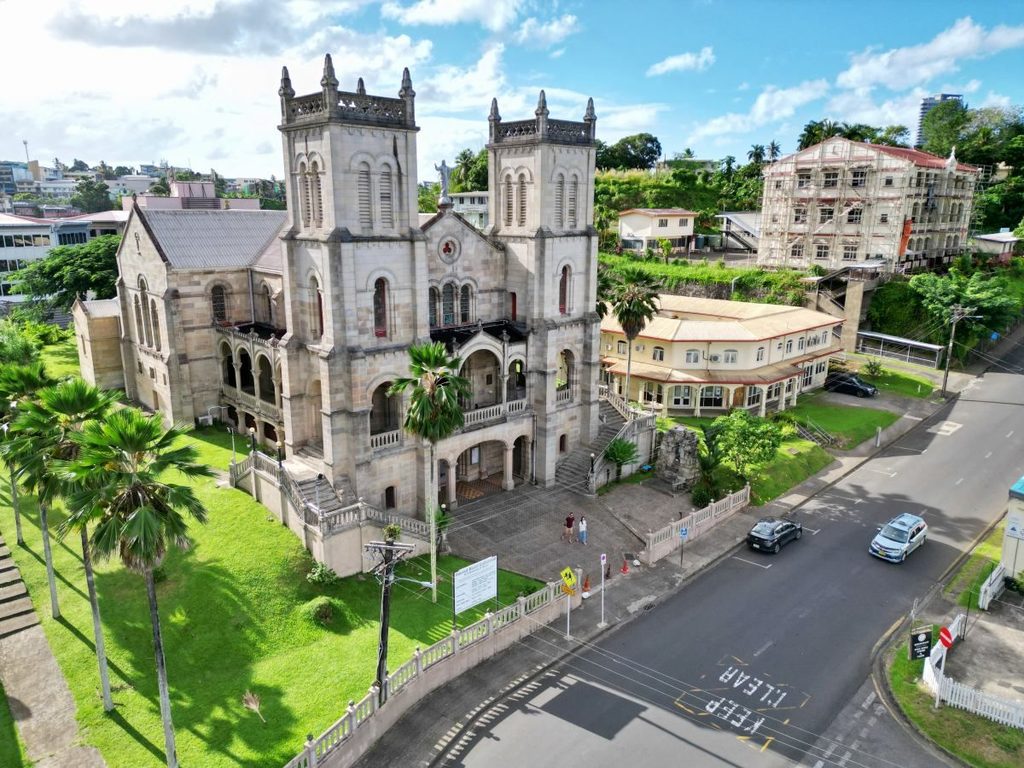NestLed in the heart of Suva City, the Cathedral of the Sacred Heart stands as the centrepiece of the Catholic Church in Fiji.
Serving as the mother church for over 80,000 Catholics within the Archdiocese of Suva, the cathedral holds deep historical and spiritual significance.
John Pickering, the director of Communications for the Archdiocese in an interview with The Fiji Times in 2020, explained that the term cathedral originates from the Latin word cathedra, meaning “seat.”
“In this context, the Sacred Heart Cathedral houses the cathedra, or the seat of the archbishop, symbolising his teaching authority,” he said.
The cathedral’s origins trace back to 1888 when Fiji’s first bishop, Julien Vidal, purchased the land where the cathedral now stands.
Bishop Vidal initially enlisted Father Rosier from New Caledonia to design the structure using local materials, but the project stalled due to unsuitable resources and funding issues.
While visiting Australia, Bishop Vidal discovered suitable stone blocks in Sydney, which were then imported for the construction. I
In 1894 the foundation stone was laid with assistance from two New Zealand bishops and Father Rosier returned to oversee the work.
By 1896 the crypt was completed, but progress slowed due to financial constraints.
In 1896 Bishop Vidal travelled to Europe to raise funds where he met architect Pierre Bourdier. Encouraged to join the Marist Order, Bourdier accompanied the bishop back to Fiji in 1897 to oversee the cathedral’s construction.
The main structure was completed in 1902 though financial constraints delayed the towers and choir area. The cathedral was blessed and officially opened on July 20, 1902.
Bourdier continued working on the cathedral until his death in 1937 leaving the towers and choir unfinished.
It wasn’t until 1994, during the 150th anniversary of the arrival of the first Marist missionaries in Fiji, that significant extensions, including the sanctuary and sacristy, were completed under the leadership of the late Archbishop Petero Mataca.
The new additions were blessed by Papal Envoy Josef Cardinal Tomko on August 15, 1994.
Designed in the Gothic architectural style of European cathedrals, the Sacred Heart Cathedral took over a century to reach its completed state. Today, it remains a cornerstone of Catholic worship and community service, offering programs such as faith formation, youth initiatives, charity through the St. Vincent de Paul Society, and support for widows and single mothers through the Grace Program.
The cathedral seats approximately 1000 people and has been led by six heads of the Catholic Church since its establishment: Bishop Julien Vidal, Bishop Joseph Nicolas, Archbishop Victor Foley, Archbishop Hamilton Pearce, Archbishop Petero Mataca, and the current Archbishop, Peter Chong.
Although the Archbishop serves as the parish priest, day-to-day administration is managed by Father Cecil Williams, assisted by Father Ioani Vodosiro. Since the cathedral’s final refurbishments in 1994, no major structural changes have been made, preserving its historic and architectural legacy.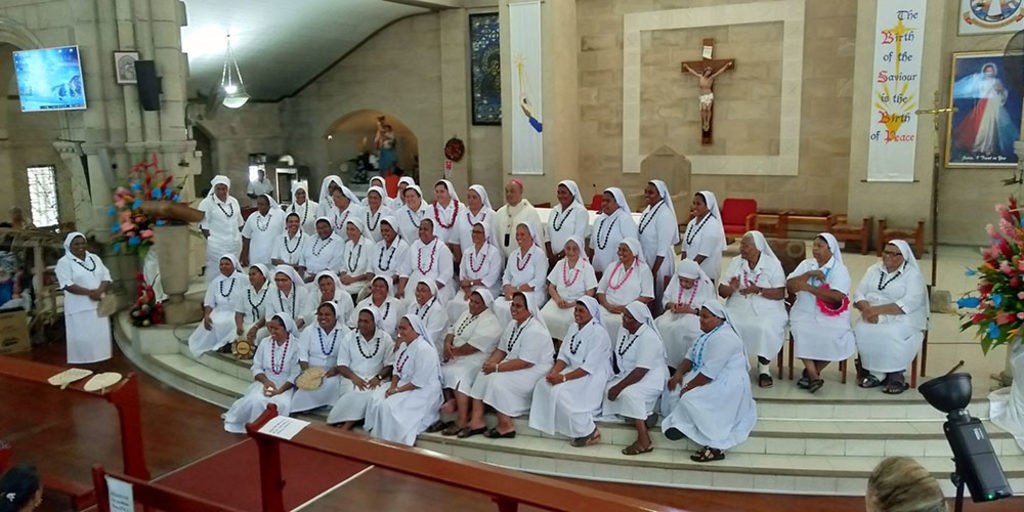
The Sisters of Our Lady of Nazareth gather at the Sacred Heart Cathedral.
Picture: PATRICIA MOLIA
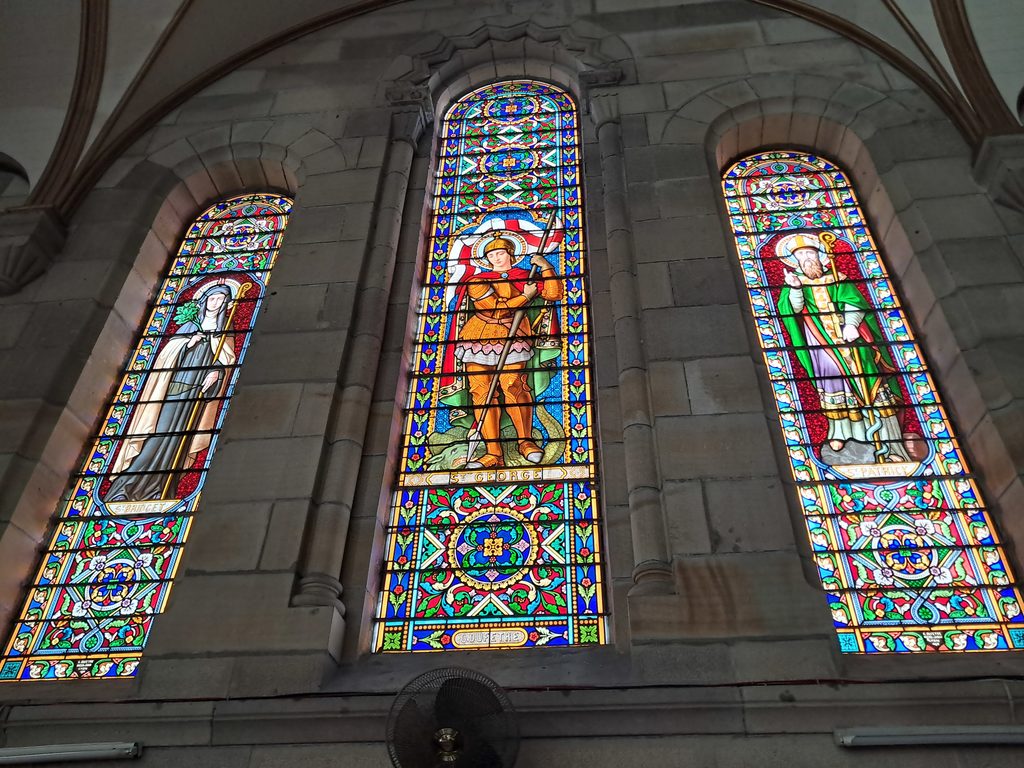
The beautiful stained glass of the cathedral.
Picture: ALIFERETI SAKIASI
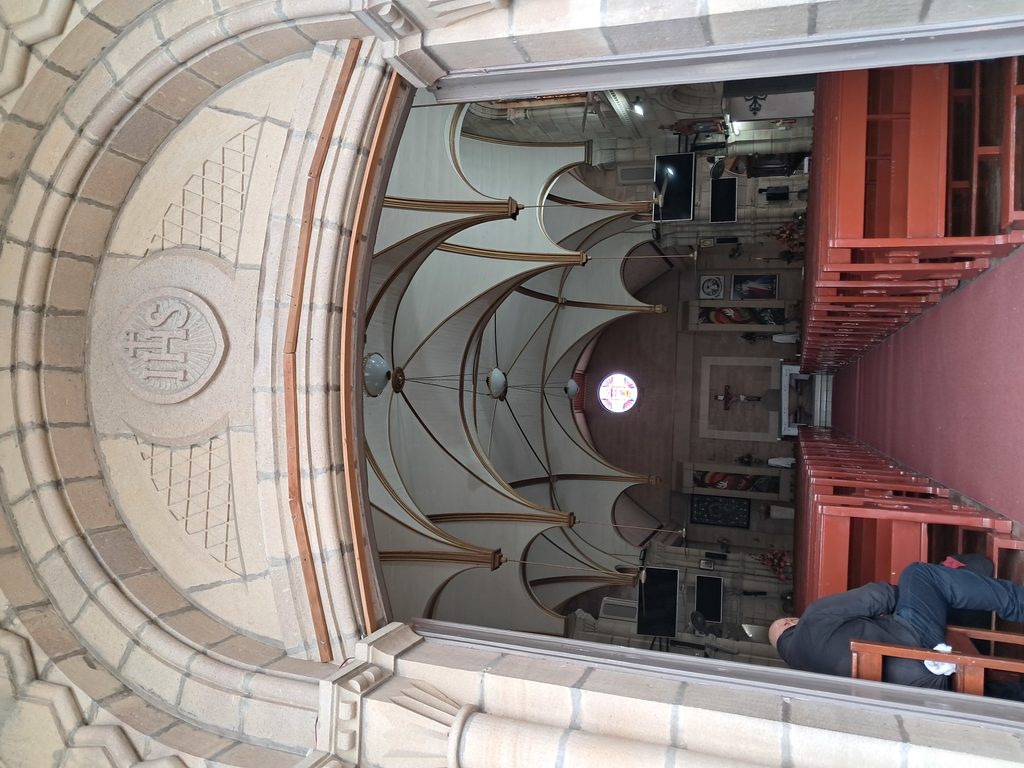
A place of reflection … the main entrance to the cathedral. Picture: ALIFERETI SAKIASI
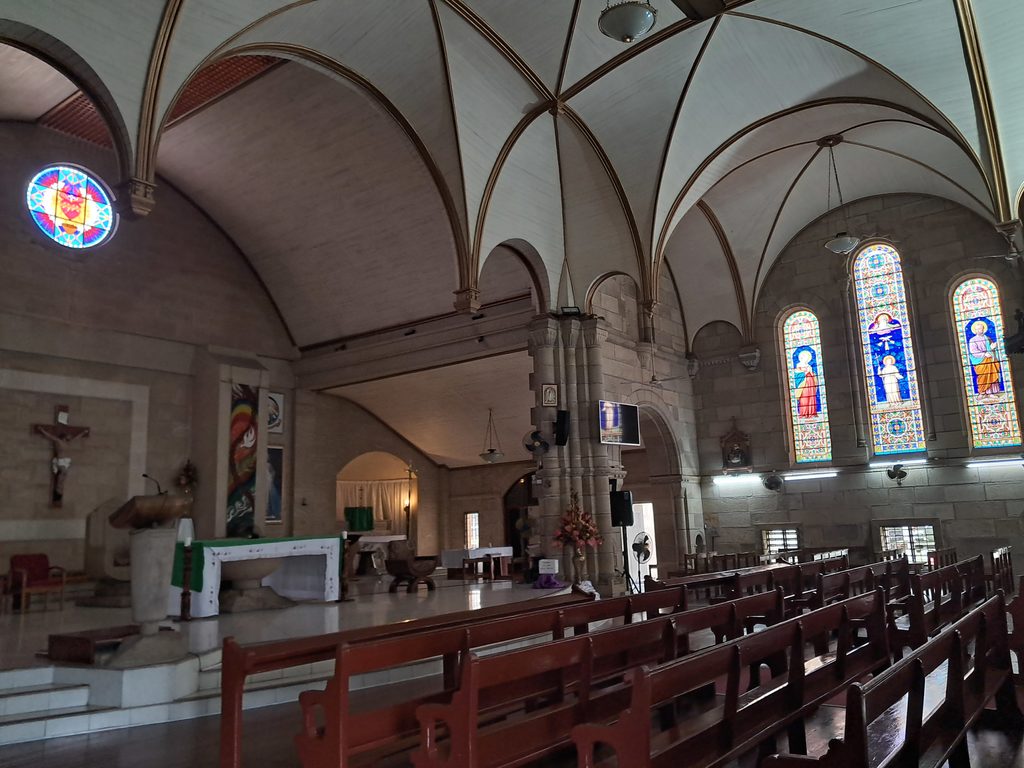
View of the main alter and choir area on the far right. Picture: ALIFERETI SAKIASI
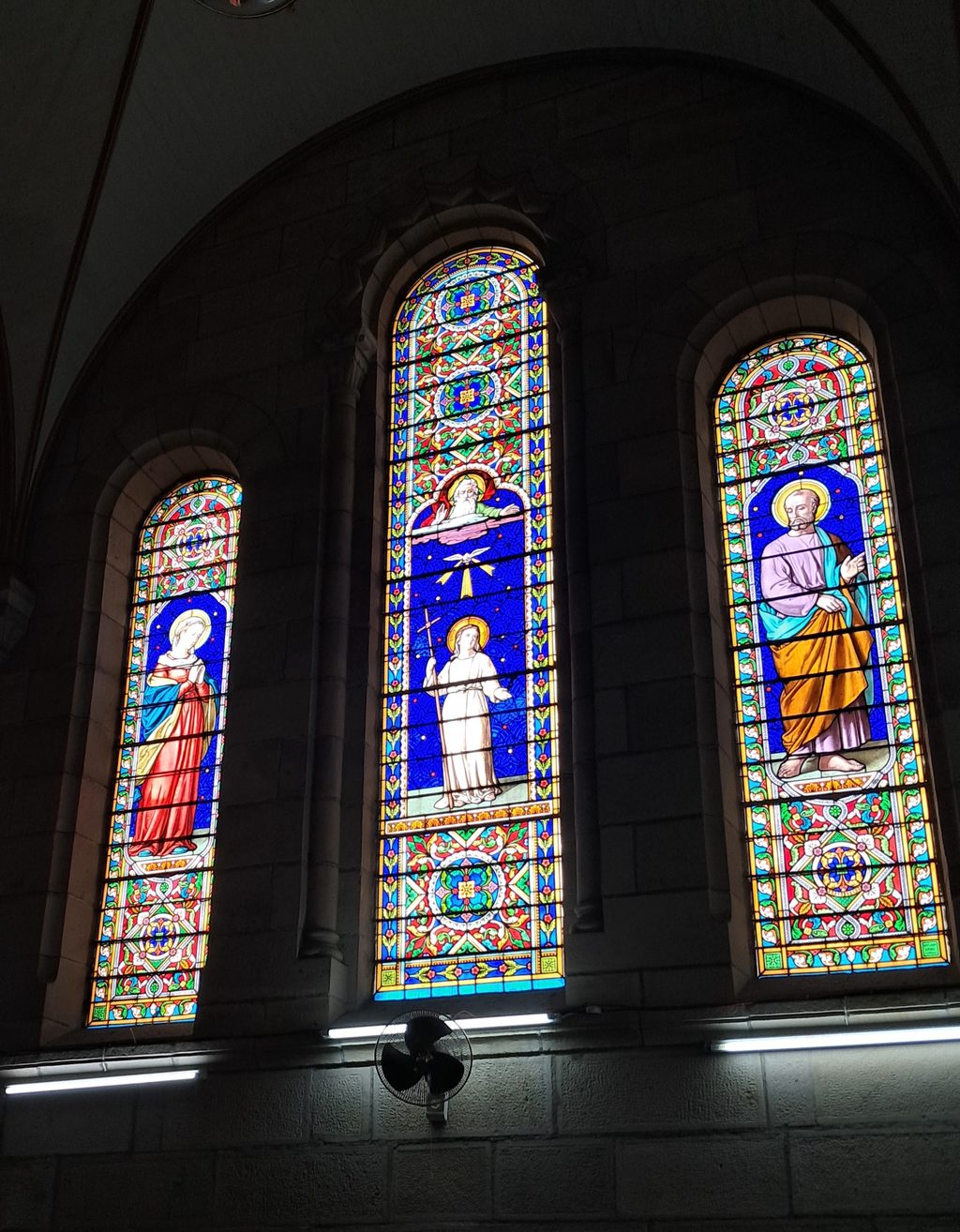
‘Beauty in the details’ – the stained glass of the cathedral only adds to its amazing style and design. Picture: ALIFERETI SAKIASI
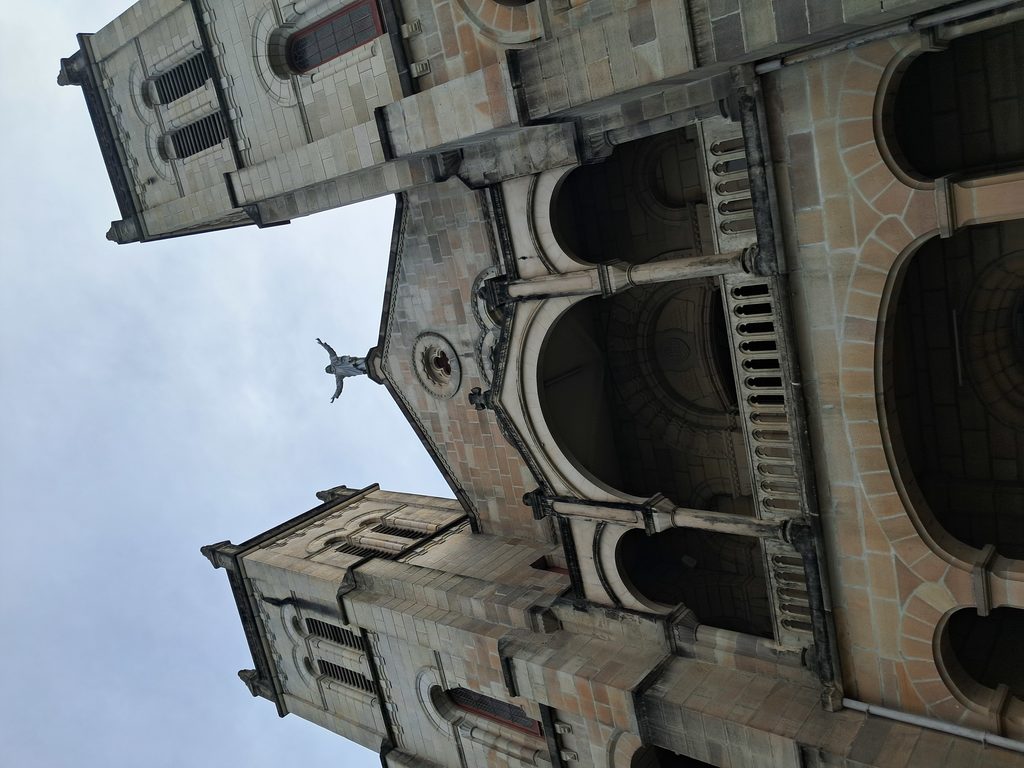
A statue of Lord Jesus stands in the midst of the two towers of the church and greets you as you enter. Picture: ALIFERETI SAKIASI
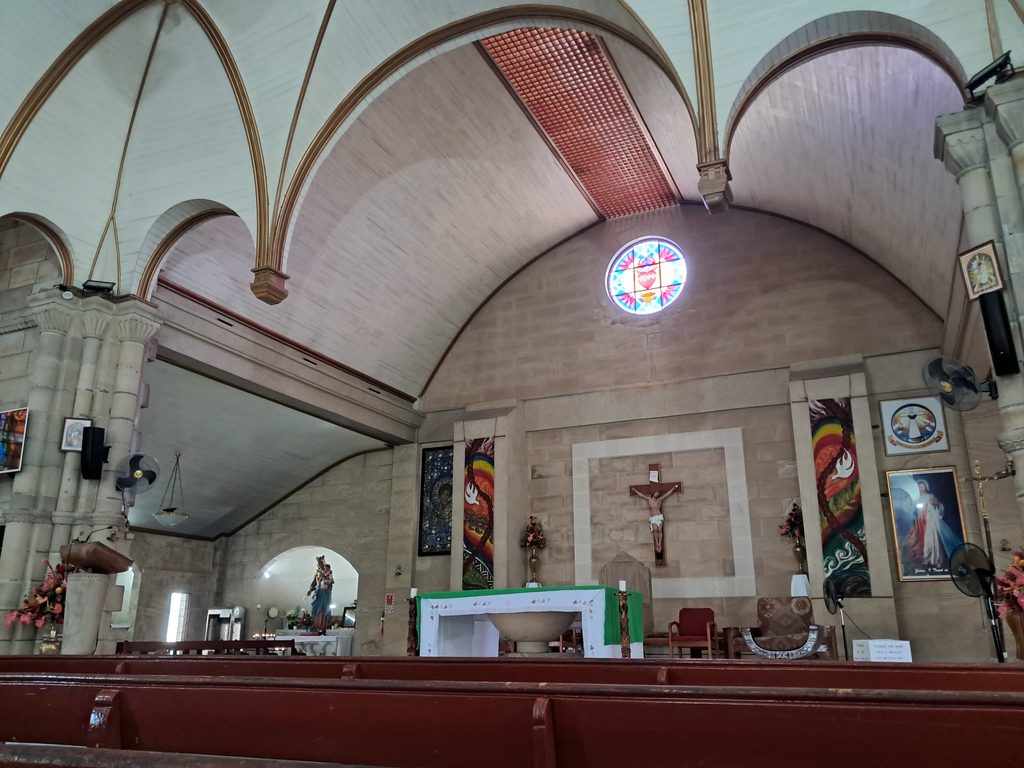
Looking up to the main alter from a pew. Picture: ALIFERETI SAKIASI

